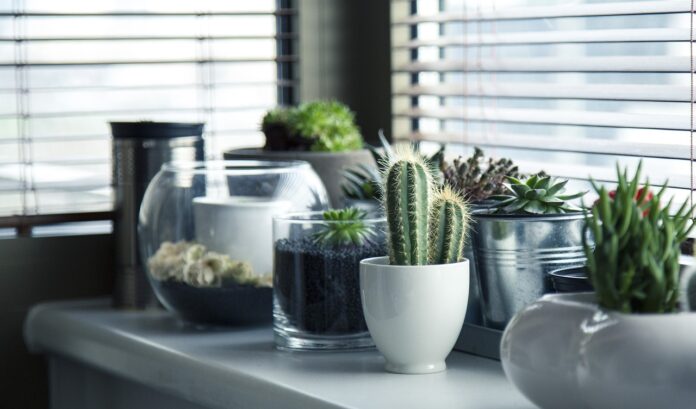Garden Pests: A Comprehensive Guide to Identification and Management
Garden pests are insects, animals, or microorganisms that damage plants and can cause significant losses to gardeners. Identifying and managing these pests effectively is crucial for maintaining healthy and productive gardens. Here’s a detailed guide to common garden pests and how to deal with them.
Insects and Bugs
Aphids
- Tiny, soft-bodied insects that feed on plant sap, causing yellowing and wilting of leaves.
- Control: Use insecticidal soap, neem oil, or ladybugs.
Spider Mites
- Microscopic pests that spin webs on the underside of leaves.
- Control: Spray plants with a strong jet of water or use insecticidal soap.
Thrips
- Tiny, slender insects that feed on plant cells, causing silvery streaks and stunted growth.
- Control: Use yellow sticky traps or apply insecticides such as spinosad.
Whiteflies
- Tiny, moth-like insects that feed on plant sap, leaving behind a sticky substance known as honeydew.
- Control: Use reflective mulch or yellow sticky traps.
Diseases
Powdery Mildew
- A fungal disease that covers leaves with a white powdery substance.
- Control: Use fungicides containing sulfur or neem oil.
Botrytis Blight
- A fungal disease that causes brown spots and wilting of leaves and flowers.
- Control: Improve air circulation, remove infected plants, and use fungicides.
Rust
- A fungal disease that causes orange or yellow spots on leaves.
- Control: Use fungicides containing sulfur or copper.
Vertebrates
Rabbits
- Can cause significant damage to plants by gnawing on leaves and stems.
- Control: Install fencing or use repellents.
Deer
- Can damage plants by eating leaves and buds.
- Control: Use high fences, deer repellent sprays, or motion-activated sprinklers.
Other Pests
Slugs and Snails
- Can chew holes in leaves, stems, and flowers.
- Control: Use slug and snail bait or create barriers using crushed eggshells or diatomaceous earth.
Birds
- Can damage fruits and vegetables by pecking at them.
- Control: Use netting or reflective tape to deter birds.
Conclusion
Managing garden pests effectively requires a combination of prevention, monitoring, and treatment methods. By identifying pests correctly and understanding their life cycles, you can develop a tailored pest management plan to protect your plants and ensure a healthy and productive garden. Regularly inspect your plants for signs of damage or pests, and do not hesitate to seek professional help if necessary.


